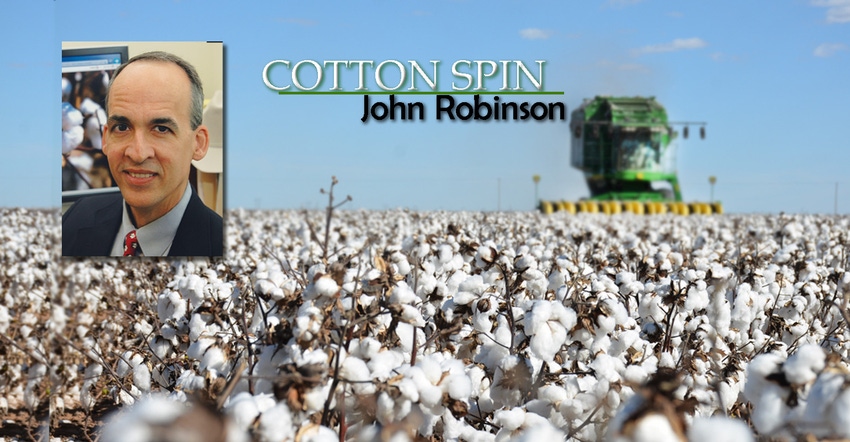
In mid-December, the ICE May’24 climbed from 80 cents, peaking over 96 cents in February before settling back at its current level in the lower 90s. Similarly, the July’23 contract peaked over a dollar before retreating back to the lower 90s.
Is the old crop rally in cotton futures over? Maybe. Maybe not. Does it matter much to growers? Well, that depends.
I would not judge this rally to have been caused by a bullish change in the supply/demand fundamentals. For whatever reason, the jet fuel for this rally was speculative buying.
Being speculatively driven, my first thought is that the outcome of this rally is more subject to “animal spirits,” that is, the unpredictable emotions of traders. In other words, there could be more volatility in either direction.
Does any of this matter to growers? First, if growers have sold all their 2023 bales, then this old crop rally is a sideshow. The exception would be for growers who sold their physical cotton back when the cash basis was stronger and bought call options or call spreads on the May or July futures contracts. Call options, in this case, represented insurance against missing a post-harvest rally. Such insurance paid off this year.
Unsold bales
What if growers still have unsold bales in storage? As with call options, paying for storage is another way of buying time and potential opportunity. After accounting for storage costs, growers also have to account for a weakening/widening in the cash basis. That means that their net cash price received has not risen as much as the futures price has risen. This is another legacy of speculative-driven price rallies: the physical market sometimes does not follow along.
Lastly, we would ordinarily expect that a strong rally in old crop futures would pull up on the new crop Dec’24 contract. But this hasn’t happened in the current situation as Dec’24 remains strongly inverted (ten cents below) relative to the July ’24 contract.
New crop futures appear to be marching to their own fundamentals. My view of that is that the demand outcome may not balance out a stronger level of 2024 production, leading to a modest increase in 2024/25 carryover stocks. If that happens, I wouldn’t be surprised to see Dec’24 futures climb to the upper 80s, with the potential to slip back under 80 cents by harvest.
About the Author(s)
You May Also Like




